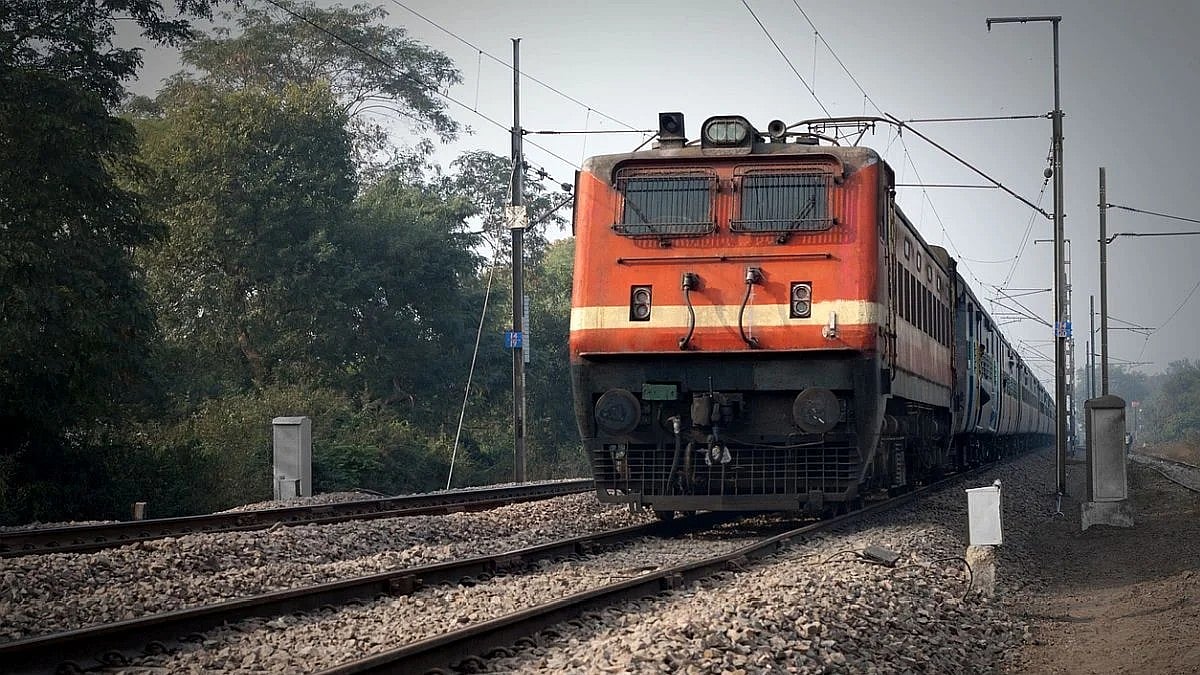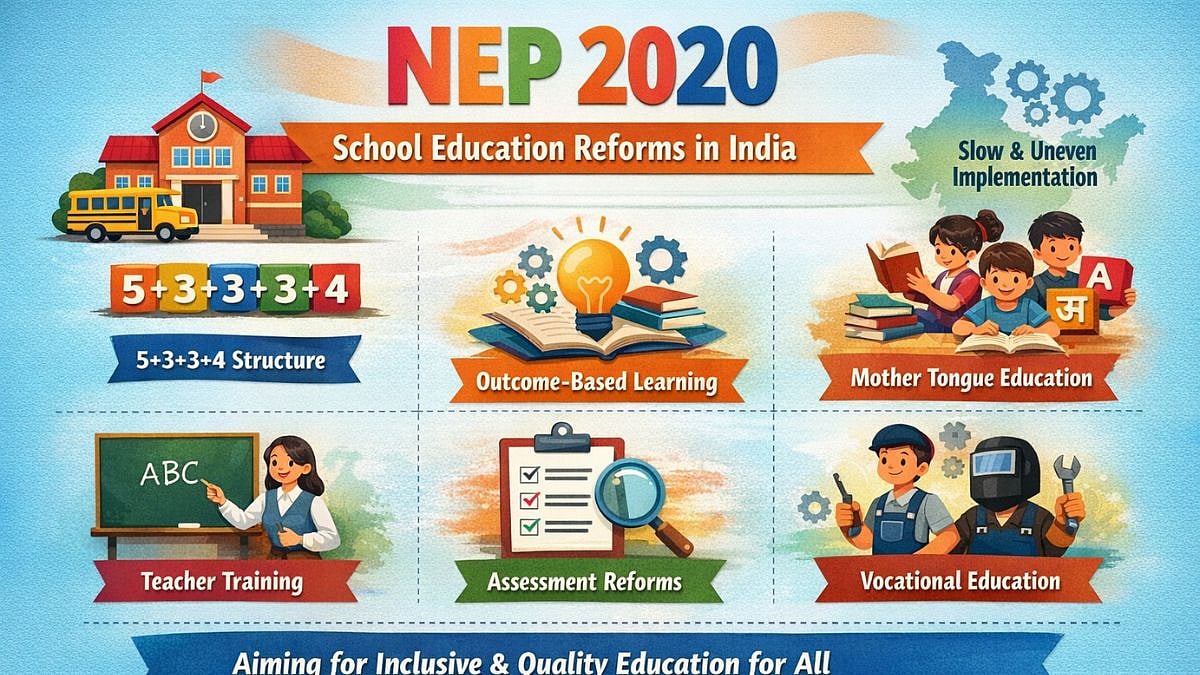India is a country of diverse cultures, languages, and traditions. One of the most significant aspects of India's diversity is the existence of multiple languages spoken across the country. The 8th Schedule of India’s Constitution recognises 22 major languages in India. Along with this, there are many more dialects. Promotion and regular use of Indian languages in education is a crucial area of focus in NEP 2020. The University Grants Commission (UGC) in its recent notification to universities emphasises to allow students to write exams in their mother tongue, even if the course is offered in English medium. While this move is a welcome one, it also raises concerns about the challenges ahead and how to overcome those to ensure the society reaps the benefits from successful implementation of this policy.
Initial Challenges:
Availability of quality educational resources in regional languages is a major concern. India has many languages and dialects, and it needs lots of effort and time to create quality educational material in all these languages. Ensuring the availability of high-quality educational material in regional languages will require significant investment in resources and infrastructure. The government will need to work with educational institutions to create standardised educational material in regional languages.
Another pressing challenge is the standardisation of evaluation. The use of different languages for exams may pose a challenge in standardising the evaluation process. The government and educational institutions will need to ensure that the quality of evaluation remains consistent across languages and regions. This can be achieved by training teachers in regional languages and ensuring that they are familiar with the evaluation standards. Additionally, it may be necessary to conduct regular assessments of the quality of evaluation to ensure that the standards are being maintained.
Availability of trained teachers who can communicate effectively in regional languages, is an area to be addressed. Ensuring that teachers are trained to teach in regional languages will require significant investment in training and resources. The government and educational institutions will need to work together to ensure that there are enough trained teachers who can effectively communicate in regional languages.

K. A. Alagarsamy, Director, Consortium for Technical Education |
Implementation Considerations:
It is essential to provide students with the option to choose whether they want to write exams in their mother tongue or English. Need to ensure that the use of regional languages does not create a language barrier for students who may want to pursue higher education or employment outside their state or region. This will ensure that students are not forced to write exams in a language that they are not comfortable with.
The government should make clear outline of the objectives, guidelines, and procedures for teaching and examinations in regional languages; address issues related to curriculum development, faculty training and assessment; develop and provide access to high-quality learning resources; develop assessment methods; collaborate with language experts and non-profit organisations; establish language labs to support students in learning vernacular languages.
Success stories across the globe:
Switzerland is consistently ranked as one of the most innovative countries in the world. It ranks at the top for the 12th year in a row—above the U.S., South Korea, and Israel. Switzerland’s multilingual education system has played a significant role in this success. They have strong collaboration between universities and industry. Other leading innovative countries like South Korea and Israel also promote the use of multi-lingual / regional languages in higher education. Several technologically advanced countries like Japan, Germany, France & Finland allow students to learn and write exams in their local language.
These countries have implemented policies to promote the use of multiple languages in higher education and have encouraged collaboration between institutions and language experts to develop teaching materials and resources in different languages.
Conclusion:
The move to allow students to learn and write exams in their regional language is a welcome one, but it poses several challenges that need to be addressed. Ensuring the availability of high-quality educational material, standardising the evaluation process, and providing training to teachers are some of the challenges that need to be addressed. Additionally, precautions need to be taken to ensure that the quality of education is not compromised, and the use of regional languages does not create a language barrier for students studying outside of their home state. By addressing these challenges and collaborating with regional language experts, India can successfully promote linguistic diversity and inclusivity in the education system, and open doors for more innovation in our Country.










